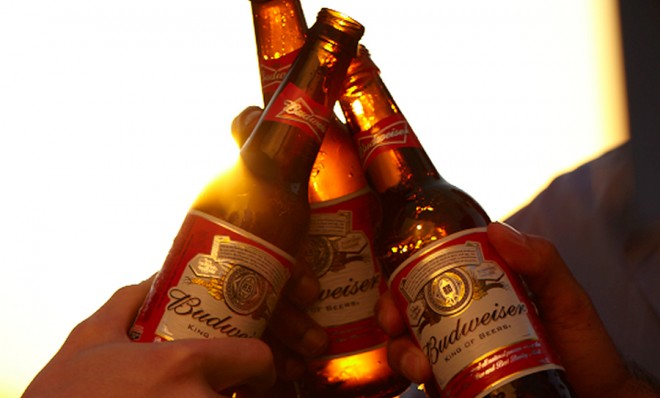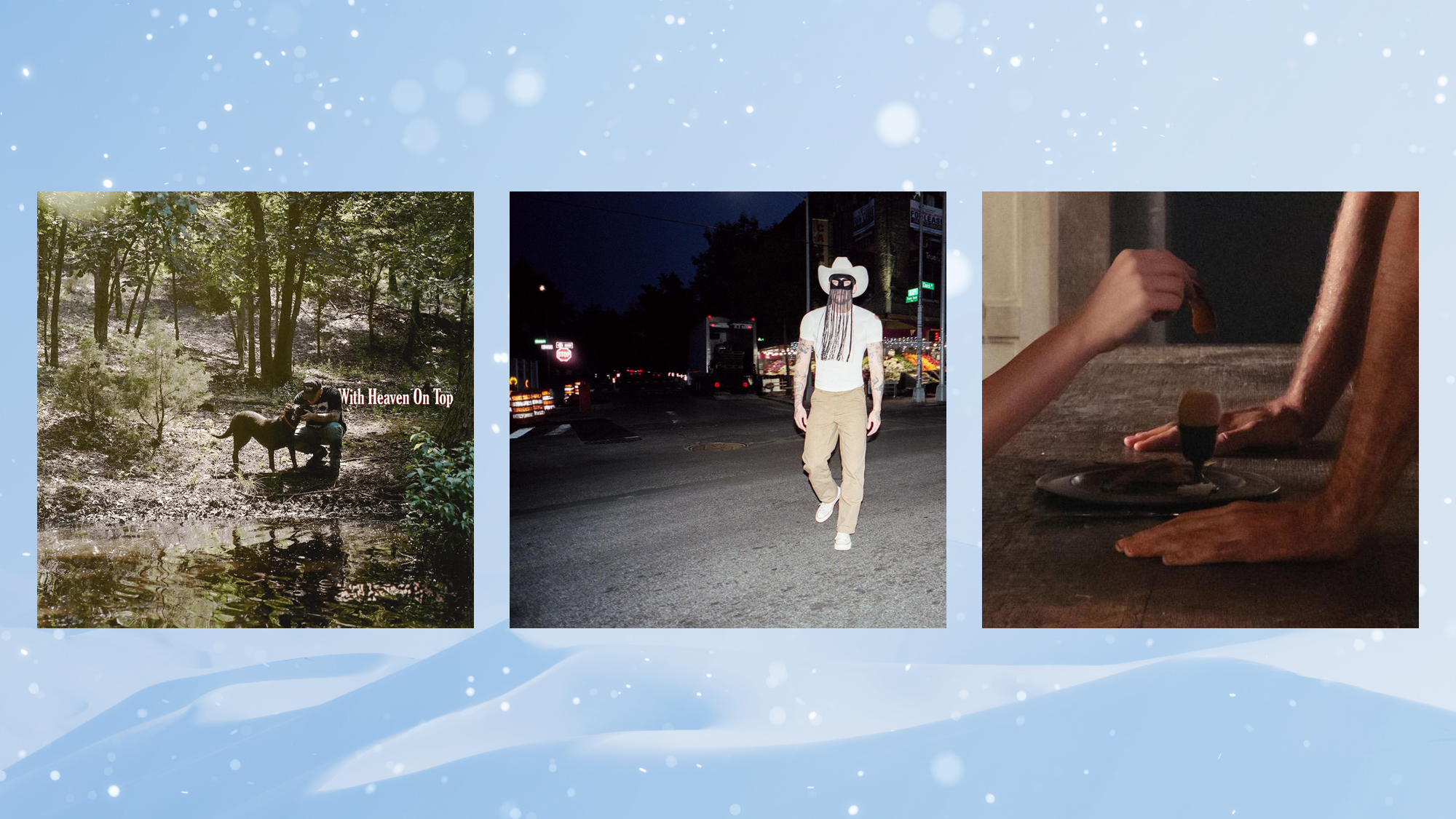Budweiser is the preferred beer of ER patients
A new study sheds light on what brands people drink when getting dangerously inebriated

This might not be the endorsement Anheuser-Busch was hoping for.
It turns out that Budweiser was the top beer enjoyed by patients who ended up in a Baltimore emergency room for drinking-related causes, according to a new study.
The next four brands most reported by the hospital's ER patients: Steel Reserve, Colt 45, Bud Ice, and Bud Light, in that order.
The Week
Escape your echo chamber. Get the facts behind the news, plus analysis from multiple perspectives.

Sign up for The Week's Free Newsletters
From our morning news briefing to a weekly Good News Newsletter, get the best of The Week delivered directly to your inbox.
From our morning news briefing to a weekly Good News Newsletter, get the best of The Week delivered directly to your inbox.
Researchers discovered this by hanging around the emergency room of Johns Hopkins Hospital in Baltimore for a year and asking patients what they had been drinking before they had arrived.
The fact that Bud Light and Budweiser are on that list isn't surprising. They are the number-one and number-two best-selling beers in America, respectively, according to Chicago-based market research firm SymphonyIRI.
But what about the others? Instead of the next three best-selling beers (Coors Light, Miller Light, and Natural Light), the rest of the list is composed of malt beverages, which make up less than 3 percent of beer consumption in the general population.
The answer is probably in their high-alcohol content. Budweiser consists of 5 percent alcohol by volume. The second-most popular beer among the ER patients, Steel Reserve, is 8 percent alcohol, plus it's normally sold for cheap in large 40-ounce containers.
A free daily email with the biggest news stories of the day – and the best features from TheWeek.com
"Some products are marketed to certain groups of people in our society," Traci Toomey, director of the University of Minnesota's alcohol epidemiology program, told NBC News. "So we might want to put some controls on certain products if we find they are tied to greater risk. But how they are marketed and priced is critical information and that has been very hard to study."
Not that the study is conclusive, which was stressed by its lead author, David H. Jernigan of the Johns Hopkins Bloomberg School of Public Health. Researchers only talked to 105 patients in a single Baltimore emergency room. Different hospitals might have patients from different socioeconomic backgrounds with access to different, often regional, brands of alcohol.
The researchers also had to switch around their research methods on the fly, interviewing subjects at 4 a.m. instead of their usual 10 p.m., because subjects needed time to sober up.
Still, researchers had previously shied away from similar studies, because gathering brand data from injured, inebriated people seemed like a daunting task. This study, Jergen claimed, "demonstrated that collecting alcohol type and brand data in hospital emergency room is feasible, if labor-intensive."
Keith Wagstaff is a staff writer at TheWeek.com covering politics and current events. He has previously written for such publications as TIME, Details, VICE, and the Village Voice.
-
 Will Trump’s $12 billion bailout solve the farm crisis?
Will Trump’s $12 billion bailout solve the farm crisis?Today’s Big Question Agriculture sector says it wants trade, not aid
-
 ‘City leaders must recognize its residents as part of its lifeblood’
‘City leaders must recognize its residents as part of its lifeblood’Instant Opinion Opinion, comment and editorials of the day
-
 10 upcoming albums to stream during the winter chill
10 upcoming albums to stream during the winter chillThe Week Recommends As the calendar turns to 2026, check out some new music from your favorite artists